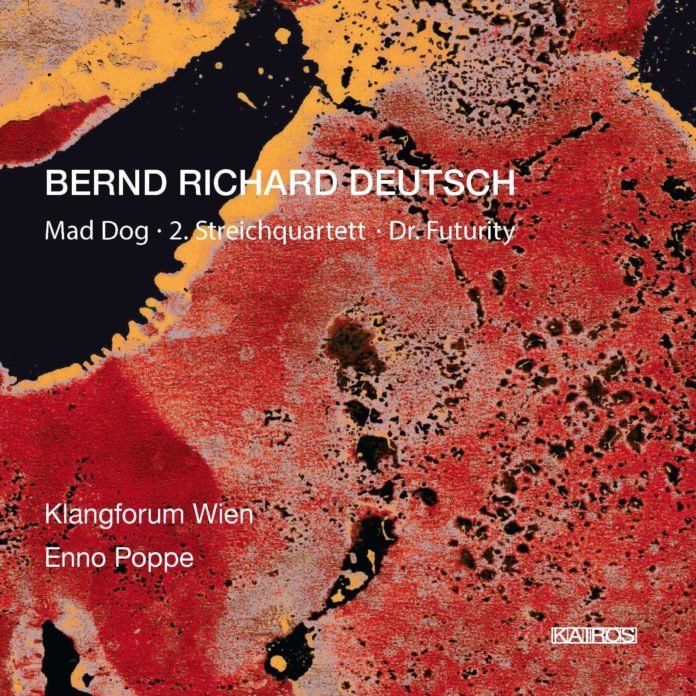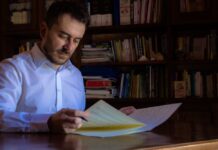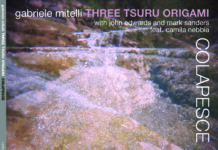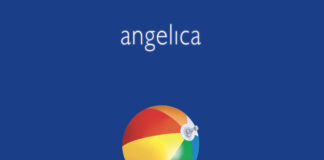The new thing of Austrian contemporary music has discreetly raised some new elements not completely contained within the field of music; the interference initially directed towards the branches of ancient philosophy and literature (especially epic and post-war themes), later it showed a tendency to build thematic islands crossed with “memories” of certain realities of the big and small screens, those of television, the film industry or animated cartoons, a whirlwind transferred conceptually to the music that characterized its originality and quality. In particular the preferences of young composers were focused on the rediscovery of specific soundtracks, evidently a work of admixture between a visual element and music (for the most part, orchestral music). Composition was seen with a deformed eye, through which music received the right stimulus to reproduce scenic sets doubly bound to the sound world, which given the amount of variations that it could offer to contemporary music seemed to be perfect for this type of mystification.
But the real news was the possibility to describe musically what was already set to music in association with the imagination. The famous works of Herrmann for Hitchcock (especially those composed for Psycho), the soundtracks to the cartoon adventures of Bugs Bunny or the Coyote and the Road Runner, as well as thrillers and science fiction films, fostered a writing style that could be called simulatoria, with elements that had never been featured before.
Bernd Richard Deutsch (1977), a young Viennese composer with a high level of appreciation in Vienna’s contemporary circles, is no exception to this rule of Austrian transmigration; Kairos allows him to produce the first monograph recording of his career, which focuses on the latest compositions in chronological order, three scores that seem to be related to each other as a kind of triptych.
With a series of musical concatenations full of unconventional instrumental techniques, Deutsch could resemble a modern disciple of Wagner, especially with regard to the majesty with which he attempts to elaborate orchestral structures, but that is really just one of many impressions created by Deutsch’s music. His music is a vibrant “traballero” but Dr. Futurity (a tribute to the science fiction novel by Philip K. Dick, 1960) is a major effort, a mental shock, a counter-circuit between indistinct pieces of orchestral industriousness; it is a blend where oboe and accordion are so out of place that they intersect with intricate winds; whistles and bells mark sound dynamics that seem to resemble the flight of maddened insects; we can find a state of feverish anticipation in the manner of A Space Odyssey or the ringing of an old phone from the ‘fifties, an intro by Gil Evans Orchestra or a trumpet to rally to General Custer; it is an attempt to build a new concept of musical “futurism” applied to art film, based on the principle of the puzzle and on the re-evaluation of the film’s function, its encryption in music, assigning to a sound or to a combination of sound-images the task of producing a new, additional image “stigmatized” by the sound itself.
__________________________________________________________________________IT
La new thing della musica contemporanea austriaca ha discretamente esarcebato alcuni elementi di novità non perfettamente ascrivibili al campo musicale; le interferenze dapprima dirottate versa le naturali integrazioni nei rami della filosofia antica e della letteratura (soprattutto quella epica e post-guerra), in seguito hanno mostrato una tendenza a costruire isole tematiche incrociate con “ricordi” di determinate realtà del piccolo e grande schermo, quelle della tv, del settore cinematografico o del fumetto visivo, un turbine trasferito concettualmente nella musica che ne caratterizzava l’originalità e le qualità. In particolare le preferenze dei giovani compositori si sono indirizzate sulla riscoperta di specifiche soundtracks, in cui era evidente tutto un lavoro di commistione tra evento visivo e musica (per la gran parte, musica orchestrata); la composizione venne vista con un occhio deformato, che accoglieva nella musica quei percorsi tutti votati a riprodurre situazioni sceniche legate a doppio filo con il mondo sonoro e, data la quantità di variazioni che si potevano offrire, la musica contemporanea sembrò essere perfetta per questo tipo di mistificazione. Si creò perciò un effetto particolarissimo, ossia descrivere musicalmente ciò che era stato già musicato in associazione con le immagini. Le celebri composizioni di Herrmann per Hitchcock (soprattutto quelle composte per Psycho), le colonne sonore delle peripezie dei cartoons di Bugs Bunny o del Coyote contro il Road Runner, nonché i thrillers e i films di fantascienza, fecero sviluppare una scrittura che si potrebbe definire simulatoria, ma con caratteristiche che non erano mai state intercettate prima.
Bernd Richard Deutsch (1977), giovane compositore viennese già molto stimato negli ambienti contemporanei viennesi, non fa eccezione a questa regola della trasmigrazione tutta austriaca; la Kairos gli permette di produrre la prima monografia discografica della sua carriera, che si incentra sulle ultime composizioni in ordine temporale, 3 partiture che sembrano siano legate tra loro a mò di trittico. Si tratta di due pezzi per ensemble (“Mad Dog” e la preziosa direzione orchestrale di Enno Poppe con la Klangforum Wien del “Dr. Futurity“) e di uno String quartet (n° 2). Mentre in “Mad Dog” e “2. Streichquartett” si scorge un filo conduttore comune, tematico e musicale, “Dr. Futurity” è già il sogno di un ambizioso volo oltre i contorni di una ben sperimentata idea. L’interesse per le evoluzioni del mondo animale viene rappresentata a stadi di differenziazione, con un progetto ben studiato di concatenamenti, succubi di una presenza notevole delle tecniche non convenzionali sugli strumenti. Stilisticamente Deutsch potrebbe somigliare ad un discepolo moderno di Wagner, soprattutto riguardo alla maestosità con cui lo stesso cerca di elaborare le strutture orchestrali, ma è veramente solo una delle tante impressioni che si susseguono nella musica di Deutsch, perché oltre al vivace “traballero” che costituisce essenzialmente le tessiture della sua musica, soprattutto in Dr. Futurity (un omaggio al romanzo di fantascienza di Philip K. Dick del 1960) c’è un progetto dinamico teso allo shock mentale, al contro-circuito tra pezzi indistinti di operosità orchestrale: è un frullato dove sentite oboe e fisarmonica fuori posto che si incrociano con fiati intricati, fischi e campane che scandiscono dinamiche sonore che sembrano somigliare al volo di insetti impazziti, una quiete da febbrile attesa tipo A space odissey o lo squillo di un vecchio telefono anni cinquanta, un intro da orchestra di Gil Evans o una tromba da raduno alla Capitano Custers: è un tentativo di costruire un nuovo concetto di “futurismo” musicale applicato all’arte cinematografica, basato sul principio del puzzle e sulla giusta rivalutazione della funzione cinematografica, della sua criptazione nella musica, assegnando ad un suono od ad una combinazione suoni-immagini, il compito di produrre una nuova ed ulteriore immagine “stimmatizzata” dal suono stesso.







